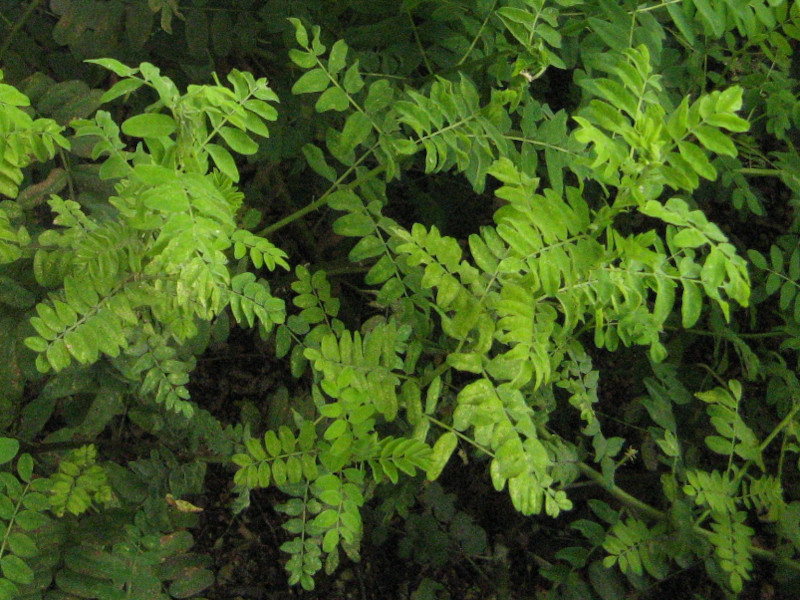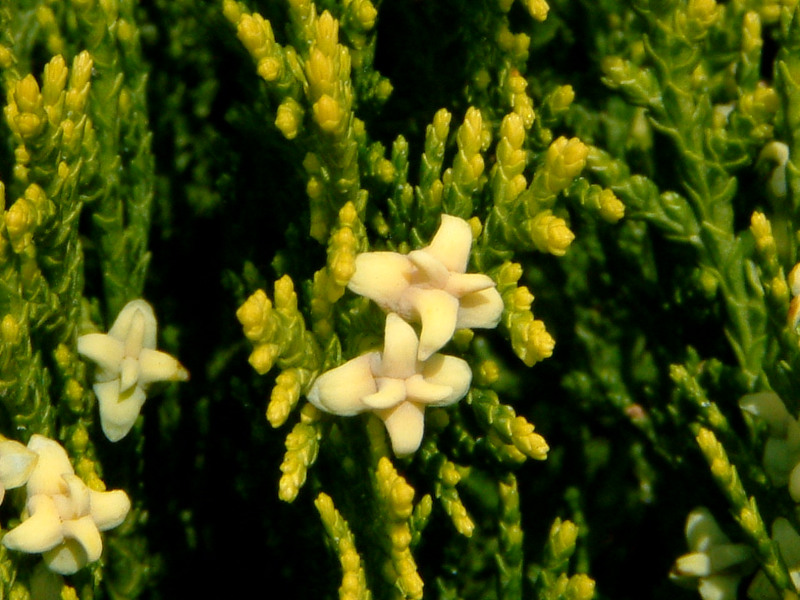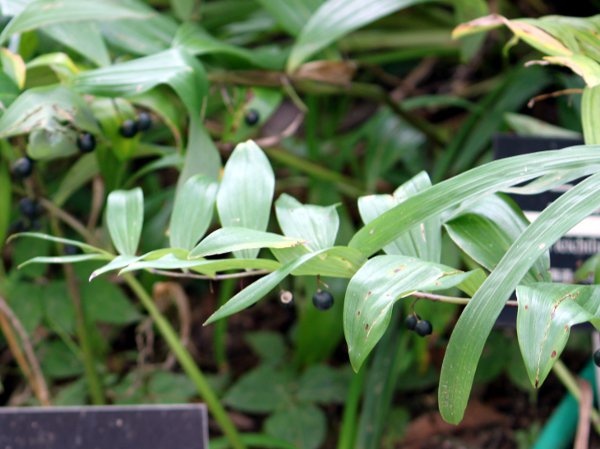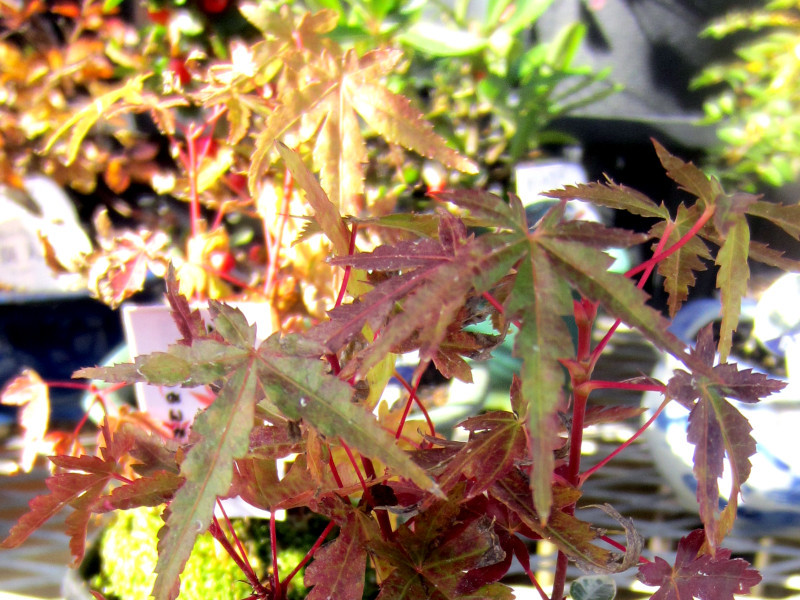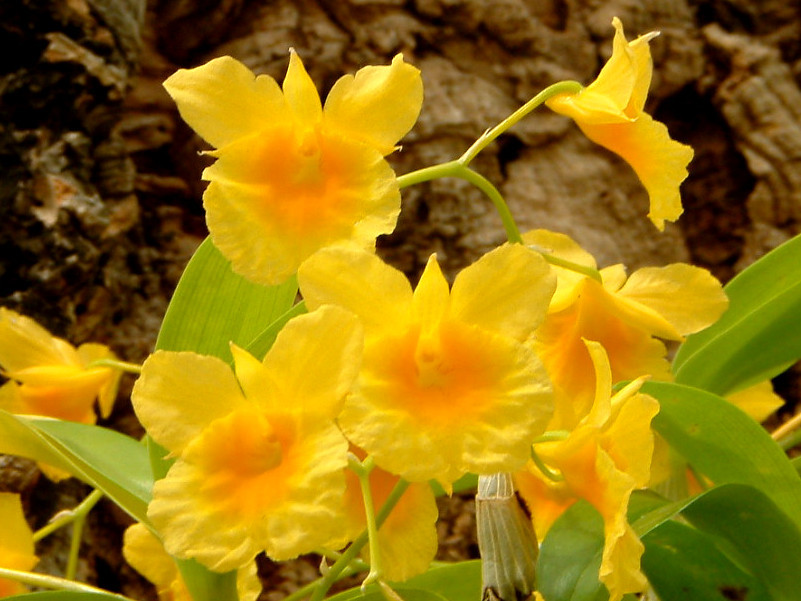Kōzorina
- Flower nameKōzorina
- Scientific namePicris hieracioides subsp. japonica
- Alias顔剃菜
- Place of originJapan
- Place of floweringSeashore
- Flowering seasonMay, June, July, August, September, October
What is Kōzorina
Kōzorina (Japanese Hawkweed, Scientific name: Picris hieracioides subsp. japonica) is a Japanese subspecies of Picris hieracioides, a wild biennial herb belonging to the Asteraceae family and the genus Picris.
It is also known by the alternative names "Kaosorina" and "Tanpopona" in Japanese.
This plant naturally grows in sunny locations such as fields, roadsides, and mountainous areas throughout Japan.
It has an erect stem and grows to a height of 30–100 cm.
Its leaves are of two types: basal and stem leaves, both covered with coarse hairs, giving a rough texture to the touch.
The basal leaves form a rosette in winter and wither by flowering time. These leaves are oblanceolate and measure 6–15 cm in length.
The stem leaves are lanceolate, 4–12 cm long, clasp the stem at the base, and alternate along the stem.
From May to October, the plant extends flowering stalks that bear corymb-like inflorescences, each with about 30 yellow ray florets, measuring 2–3 cm in diameter.
Young seedlings, tender leaves, and shoot tips are edible, while the whole plant is also used for medicinal purposes.
After flowering, it produces long, slender, brown achenes, dispersed by the wind.
Origin of the Flower’s Name
The Japanese name "Kōzorina" (literally “Face Shaving Plant”) comes from the coarse hairs on the plant, resembling the stubbly beard on a man's face.
The genus name Picris derives from the Latin "picros," meaning "bitter."
The species epithet hieracioides comes from the Latin Hieracium (hawkweed), based on the belief that hawks ate the plant to improve their eyesight.
The subspecies name japonica indicates it is a Japanese subspecies.
Common Name: Kōzorina (Japanese Hawkweed)
Scientific Name: Picris hieracioides L. subsp. japonica
Classification: Kingdom Plantae – Angiosperms – Eudicots – Order Asterales – Family Asteraceae – Genus Picris – Species P. hieracioides – Subspecies japonica
Native to: Japan
Distribution: Nationwide from Hokkaido to Kyushu
Habitat: Sunny places such as fields, roadsides, and mountains
Growth Form: Wild biennial herb
Other Names: Kaosorina, Tanpopona
Height: 30–100 cm
Stem: Erect
Leaf Type: Basal and stem leaves
Leaf Texture: Covered in coarse hairs, rough to the touch
[Basal Leaves] Rosette-forming in winter, wither during flowering, oblanceolate, 6–15 cm
[Stem Leaves] Lanceolate, 4–12 cm, clasping base, alternate arrangement
Blooming Period: May–October
Inflorescence Type: Corymb
Flower Size: 2–3 cm diameter
Flower Color: Yellow
Floral Structure: Only about 30 ray florets per head
Uses: Edible young seedlings, leaves, and shoot tips; medicinal use of entire plant
Fruit Type: Achene
Fruit Shape: Slender
Fruit Color: Brown
Note: Wind-pollinated
Related page:
Picris hieracioides subsp. japonica (Japanese Hawkweed)

